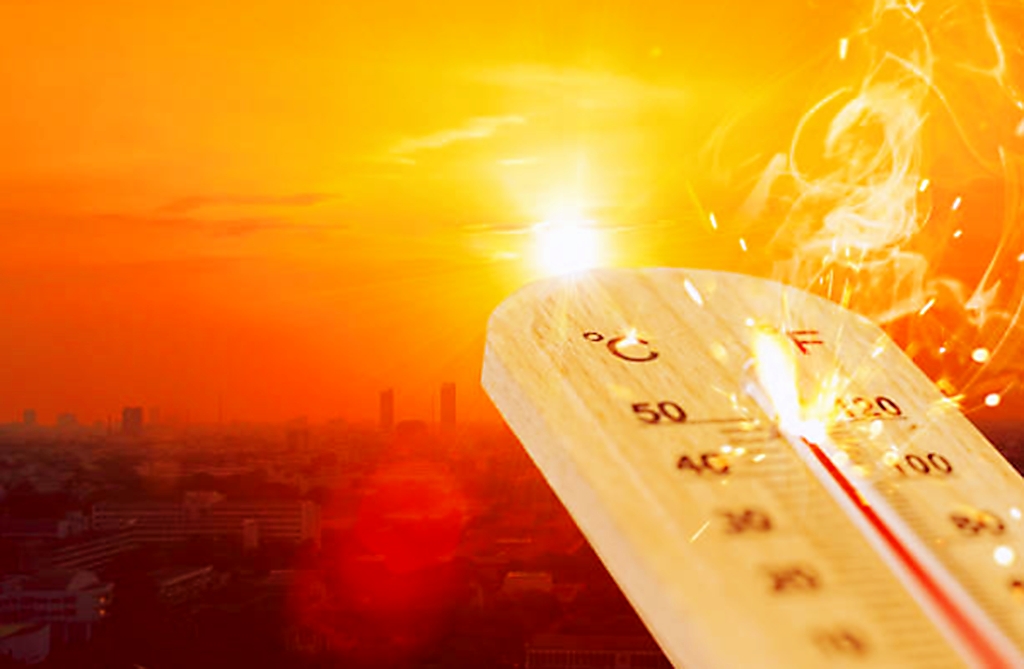 2022-07-27
2022-07-27
As summer came, the temperature gradually increased. Recently, it has been reported that many countries & regions are experiencing excessive heat warnings or heat advisories as a dangerous and record-breaking heat wave continues. Intense heat will not only disrupt people’s lives, but also put outdoor electronic devices at greater risks.

LED display, an electronic product, the increase of temperature will affect the light attenuation of LED display beads, the working efficiency of driving IC and the service life of LED display.
1) High temperature will destroy the LED beads.
According to the "10℃ increase = half life" rule of thumb (based on applying the Arrhenius equation), every 10℃ increase in temperature reduces electronic component life by half. In warmer environments and at higher currents, the temperature of the semiconducting element increases. The light output of an LED for a constant current varies as a function of its junction temperature. High ambient temperature leads to higher junction temperatures, which might accelerate the degradation of the LED junction element, thereby leading an LED's light output to irreversibly decrease over time at a quicker pace potentially shortening their useful life.
2) High temperature will shorten the lifespan of LED display.
Light attenuation manifests service life of LED display. That is to say, the brightness of the display will gradually decrease over time until it completely dies out. High temperature will affect the working efficiency of driving ICs, resulting in accelerated aging process. Besides, most LED displays are encapsulated with transparent epoxy resin. The packaging material will turn rubbery and the coefficient of thermal expansion will rise quickly if the junction temperature rises over the solid phase transition temperature, which is typically 125°F. All these will eventually lead to a shorter lifespan of LED display.
3) High temperature will weaken the display effect of the screen.
The luminous efficiency of the LED display will rapidly decrease if the operating temperature of the display exceeds the bearing temperature of the chip, therefore leading to obvious light attenuation. With the increase of temperature, the quantum efficiency of phosphor decreases, the light outlet diminishes, thus lowering the external light extraction efficiency of the LED display. What’s more, the majority of the LED displays are sealed with silicone gel on the surface. When the temperature rises, the refractive index of silicone gel drops as a result of increased thermal stress in silicone gel, creating poor display effect of the screen.
To sum up, controlling the temperature is, therefore, one of the most important aspects of optimum performance of the LED screens. That is to say, a long-lasting outdoor LED display must excellent thermal management.








Need good-quality LED displays for your projects? Interested in becoming one of our distributors? In need of technical supports to better serve the customers? Want to learn more about our products & services? Please hesitate no more and contact Dakco via the link below!
Contact us